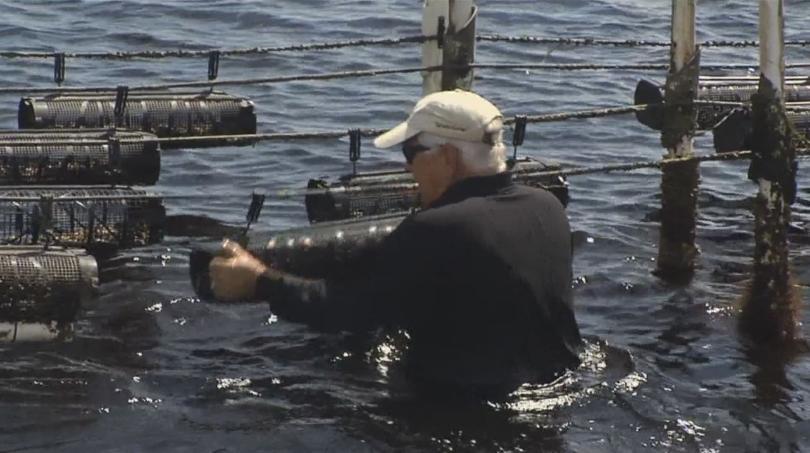
By: Mike Vasilinda | Capitol News Service
September 20, 2016
PANACEA, Fla. (Capitol News Service) -- For years, people have been harvesting oysters by digging them out at low tide, or by tonging, using a long post hole type tool to lift the bivalves from the water
As freshwater supplies put a damper on Florida's oyster production, many believe the future is in oyster ranching.
In what may soon be the largest oyster ranch in Florida, there are 38 leases, totaling more than 50 acres devoted to growing oysters in cages in Panacea.
Rob Olin owns several leases and has organized a co-op to manage the oysters from the spat to the table.
"We're going to be employing 400-600 people with on the water jobs," Olin says. "This is what this county was built on, and it's been lost due to us, quite frankly, people."
When at full production, the oyster ranchers will be producing tens of millions of oysters per year all on submerged land leased from the state.
Attorney Fred Harris helped organize the co-op.
"We helped put this together so that the co-op would be the marketing arm, the branding arm and the distribution arm," Harris says.
The co-op will pasteurize the oysters before fast-freezing them for other markets, eliminating a rare but deadly disease known as vibe vulnificus.
While it could take a few years to come to fruiition, Rob Olin says oyster farming could be the future's answer to ending hunger.
"You get 30 times more protein off of an acre of water, than you do an acre of land," Olin says. "We've got more ranchable water in our state, than any other state in the union."
Shakespeare penned the line "the world is our oyster," this bay could soon be the center of the oyster universe.
The interest in oyster farming was sparked by the creation of an environmental program at Tallahassee Community College.
The first harvest begins October 1.